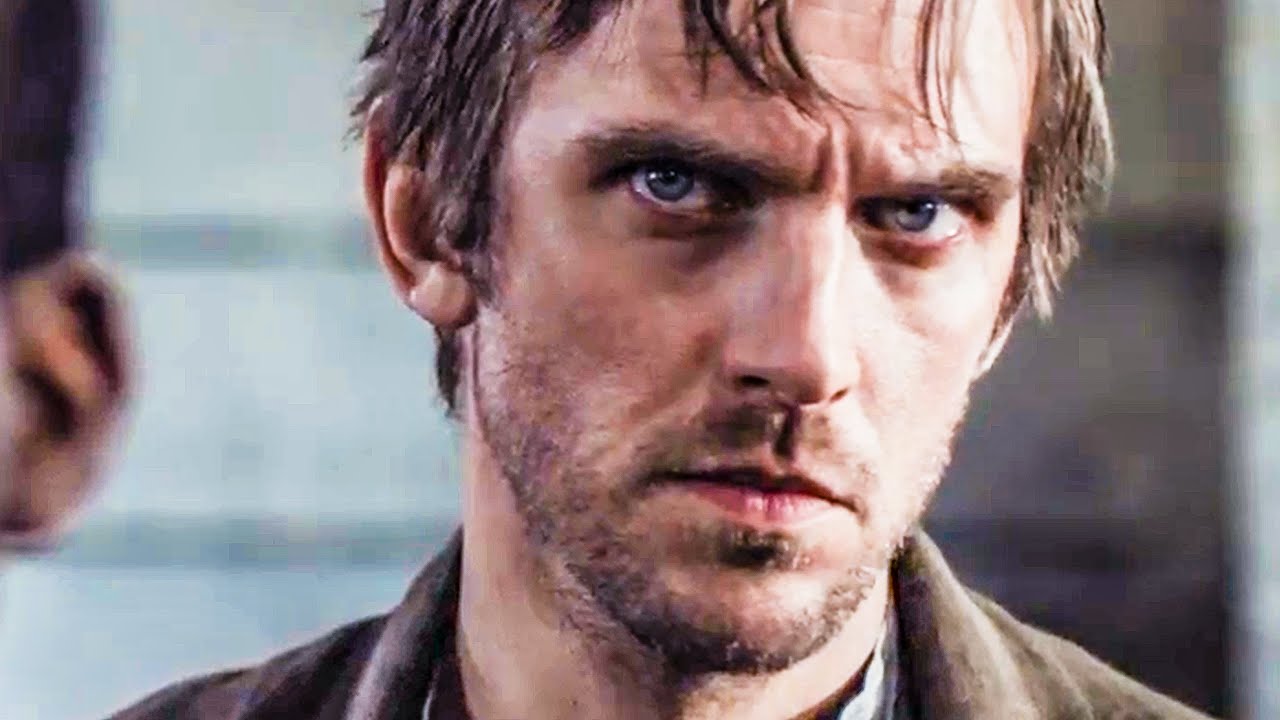
In the words of Arthur Conan Doyle, “Where there is no imagination there is no horror. Horror can be found in many areas of life. One does not have to go into the dark woods or look for monsters under the bed. Terror can be found much closer to home and this includes in one’s own religion.
For many years, the world of cinema has given audiences countless depictions of cults, worship, witches, devils, and more. While some movies have failed to capture how horror can examine the many facets of religion, others have thrived and thought-provokingly explored the sinister side of faith. With this in mind, here are some astounding movies delving into the concept of religious horror.
1. The Invitation (2015)

A movie that will make anybody rethink their next dinner party; The Invitation is a film that truly understands the gut-wrenching horrors of human trauma. While attending a dinner party at his previous home, Will (Logan Marshall-Green) starts to suspect that his ex-wife, Eden (Tammy Blanchard), and her new husband (Michiel Huisman) have sinister plans for their guests.
Without sacrificing any suspense, the genius of this movie lies in the doubt placed on the events unfolding. While the film slowly reveals characters’ motivations and tragedies that make viewers more and more uncomfortable with their surroundings, these pieces of information never destroy the surprises waiting for audiences in the end. Just when things appear to be off and horrifyingly wrong, they are explained away with reasonable explanations. Audiences start to seriously wonder if trusting Will’s point of view is a mistake. As a result, viewers not only worry about Will’s sanity, but they begin to question their own emotions and judgments.
Another reason for the movie’s success is the powerful direction of Karyn Kusama and the acting of Logan Marshall-Green. Kusama does not rely on a heavy musical score, convoluted storytelling, or elaborate gore or special effects. Instead, both Kusama and the acting talents of Marshall-Green focus on the uncertainty of human emotion and the lasting impact of hurt to create an environment that no one feels completely safe in.
The Invitation is a constantly surprising and profound film that stays with audiences even after the credits end.
2. The Blackcoat’s Daughter (2015)
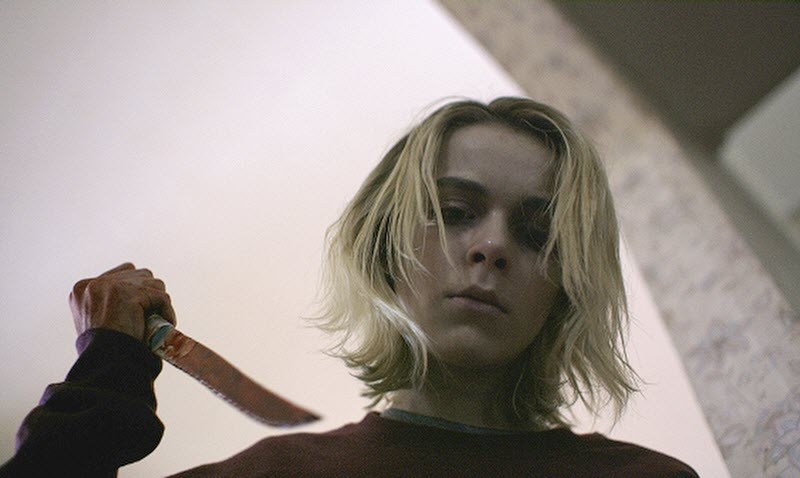
The Blackcoat’s Daughter is an A24 creation that proves this studio is a filmmaking powerhouse in the horror genre. During the middle of winter, a disturbed woman (Emma Roberts) embarks on a journey to a remote prep school where two students (Kiernan Shipka, Lucy Boynton) face a threat from an evil entity.
While the origin of the evil force in the film is not particularly unique or original, the framework of the narrative makes the movie a captivating tale of terror. The dueling stories that eventually find each other make for a solid mystery that audiences can connect with. Ambiguity surrounds everything from the timeline to the evil entity itself, and because of this, viewers stay engaged as they try to figure out where the plot is taking them. Are all the events on screen happening at the same time, are the characters in the stories aware of each other, and is there something supernatural going on are just some of the questions that audiences begin to ask themselves. Because The Blackcoat’s Daughter does not explain too much too early, fear in movie-goers’ minds grows.
Another major element that the movie handles well is its extremely somber tone. The movie might be set in winter, but it is more than the weather that leaves audiences with a chill. Combining subtle performances with a disquieting yet understated sound design and isolated settings, Osgood Perkins does something few directors have done. He captures despair and hopelessness at its purest form.
The Blackcoat’s Daughter is a must-watch film for any horror fan.
3. The Exorcist III (1990)
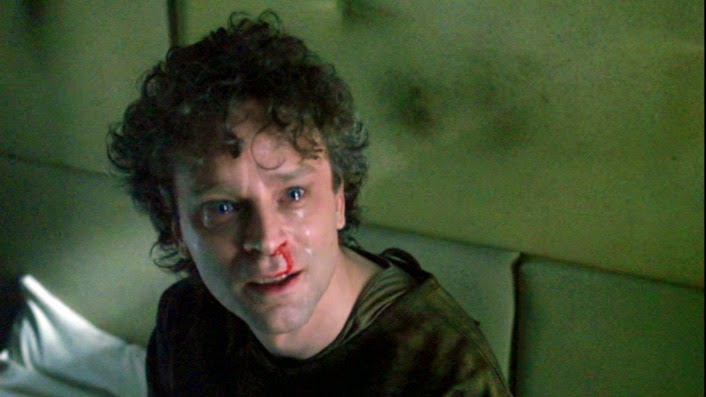
The Exorcist III acts as a great follow-up to a beloved classic. Police Lt. Kinderman (George C. Scott) discovers similarities between his current murder investigation and the killing patterns used by the “Gemini” killer (Brad Dourif) who was executed 15 years previously. He soon finds a hospitalized mental patient (Jason Miller) claiming to be the dead serial killer, but who looks just like a priest Kinderman knew who fell to his death during an exorcism. As more bodies pile up, Kinderman looks for connections between the two allegedly dead men.
Unlike many other additions to the Exorcist film series, The Exorcist III is an excellent entry that should not be dismissed by movie-goers. Starting out as a filmed called Legion, The Exorcist III is not a conventional sequel to the Exorcist, but that is exactly why the movie works so well. Instead of depending on nostalgia or direct plot points from the original source material, The Exorcist III takes on a life of its own. The film is not a straight-forward possession movie. The Exorcist III is part crime noir, part spiritual tale, and part horror story. The film looks at serial killers and demonic possessions, but it also examines the conflict and harmful guilt surrounding religion that inherently insights frights and reflection.
Lastly, there must be mention of George C Scott’s fantastic performance. Scott never comes off as a washed-up or aging actor jumping on the late sequel game. Instead, Scott appears to be the perfect choice to eloquently deliver interesting dialogue and perform strong monologues from an outstanding screenplay by Blatty. Scott’s characterization of Kinderman also allows for a breathtaking power play when exchanging words with Brad Dourif’s Gemini Killer. Scott and Dourif’s back-and-forth conversations are so mesmerizing to watch that they are easily comparable to the critically acclaimed interactions between Clarice Sterling and Hannibal Lecter in Silence of the Lambs.
Avoiding rehash and taking The Exorcist in a new direction, The Exorcist III proves change does not have to end in disaster.
4. The Sacrament (2013)
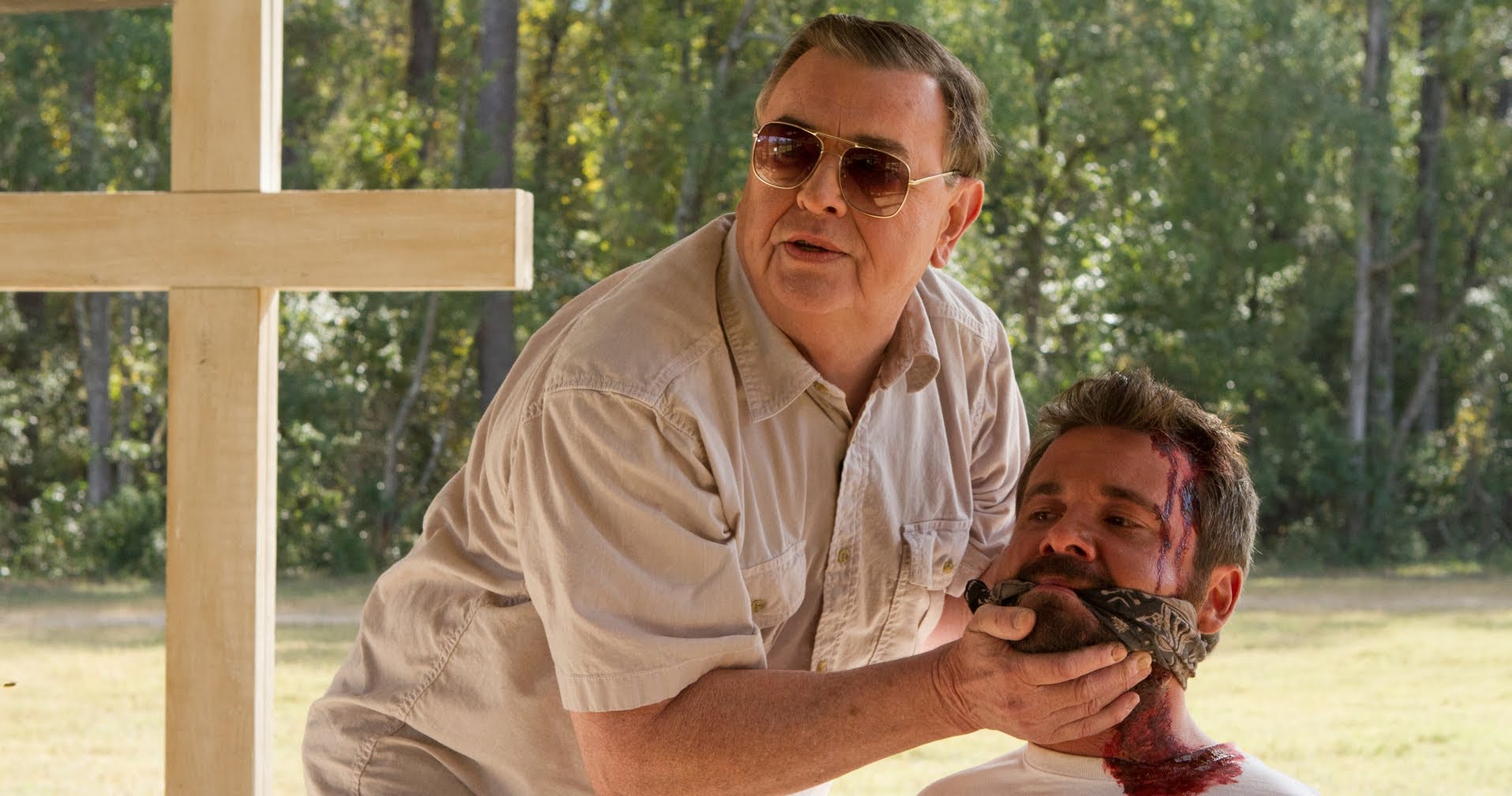
While hard to watch, The Sacrament does exactly what a good horror movie should do: Scare! In the film, found footage exposes the terrifying events surrounding an investigative group’s visit to a secluded community led by a delusional and controlling leader.
Having clear inspiration of the Jonestown Affair, it is the realism of the film that elevates it from standard cult movie to something more memorable. Having previously been a director on 2012’s V/H/S, Ti West has experience with the found footage technique. This experience and the choice to apply the found footage style to the movie aids in the success of The Sacrament. The camera captures enough moments that audiences can follow the story, but it also cleverly hints at moments left out. The events left out or obstructed allow spectators minds to create their own worst nightmare and instill more terror by the use of the less-is-more rule.
The found footage style is also raw, and it gives viewers the feeling of a first-person perspective. As the action escalates quickly and aggressively, audiences can feel their anxiety growing thanks to the camerawork. Feeling as if they are right beside the documentary crew, a connection is made with the characters and the horror occurring on screen becomes all the more real.
The Sacrament is a film that will creep spectators out and feel horrifyingly born out of reality.
5. Thirst (2009)
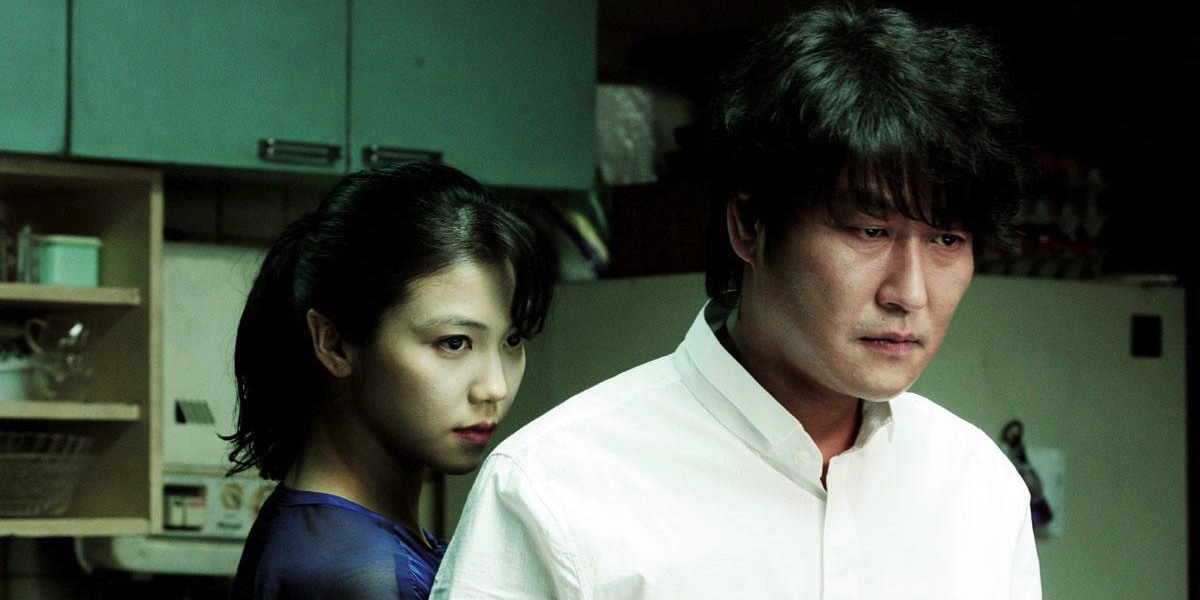
If avid readers and cinephiles have ever wondered what Emile Zola’s Therese Raquin would look like with vampires, Thirst is happy to answer this question. The film follows Sang-hyun (Song Kang-ho). He is a Christian priest who, in order to help find a cure, volunteers to be infected with a virus crippling Africa. While he survives the experiment, he is left with a ravenous appetite for sex and human blood. To satisfy his cravings, Sang-hyun obtains his blood through a hospital and starts to have an affair with unhappily married Tae-ju (Kim Ok-bin). As their relationship develops, Sang-hyun’s grip on morality begins to slip.
The driving force that makes this film so fascinating is the complex and complicated relationship between vampirism and mortality. Sang-hyun is not the teen-angst vampire brought to audiences by Twilight nor one of the creatures from 30 Days of Night. Instead, Sang-hyun is a man trying to keep some sense of ethics but failing to suppress his carnal desires. As the story progresses, Sang-hyun affects and carnage on others’ lives is at the core of this film’s horror.
Thirst is a perfect example of the wonderful horror coming from South Korea.